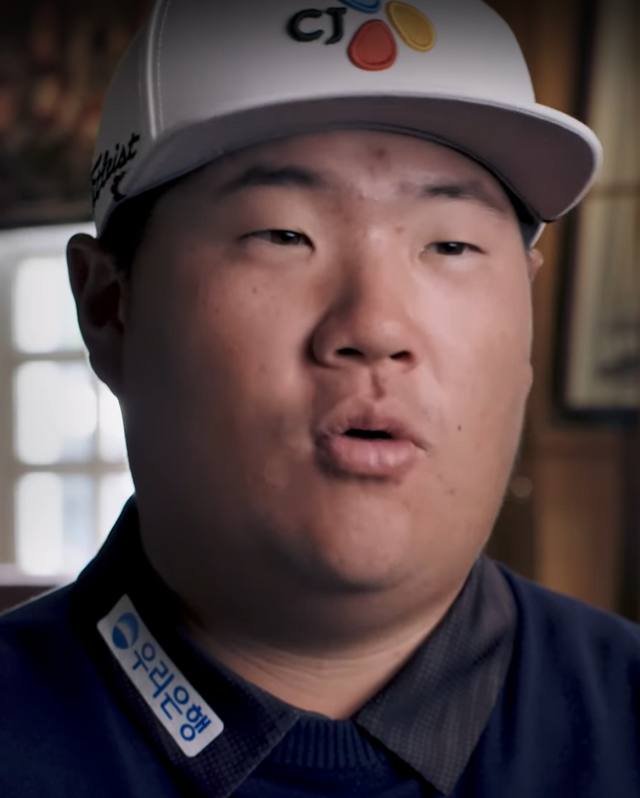
Im Sung-jae
Presidents Cup Record
Career Achievements
News Mentioning Im Sung-jae
The Rise of Asian Golf: How Players from the East are Reshaping the Presidents Cup
Asian golfers have transformed the Presidents Cup from a lopsided competition to a showcase of international talent. We examine how players from Japan, South Korea, and beyond are changing the game.
Im Sung-jae: South Korea"s Steady Star and Presidents Cup Warrior
Im Sung-jae"s nickname "Iron Man" reflects his consistent excellence and durability. As one of Korea"s top players, his steady game and team commitment make him a Presidents Cup cornerstone.
Biography
Im Sung-jae is famously known as the 'Iron Man' on tour for his incredible number of starts and machine-like consistency. His unique, highly repeatable swing tempo has made him a top-tier ball striker. As a former PGA Tour Rookie of the Year, Im's well-rounded skills and tireless competitive attitude have made him a core member and one of the most reliable point-earners for the International Team.
Player Statistics
Detailed Presidents Cup Record
Singles Record
Foursomes Record
Fourball Record
Defining Presidents Cup Moment
As a rookie at the 2019 Presidents Cup, Im Sung-jae was outstanding, earning 3.5 points to become one of his team's leading scorers. His defining moment came in the Sunday Singles, where he earned a commanding 4 & 3 victory over Gary Woodland. The win helped spark a near-comeback for the International Team and showcased a poise under pressure that defied his years.